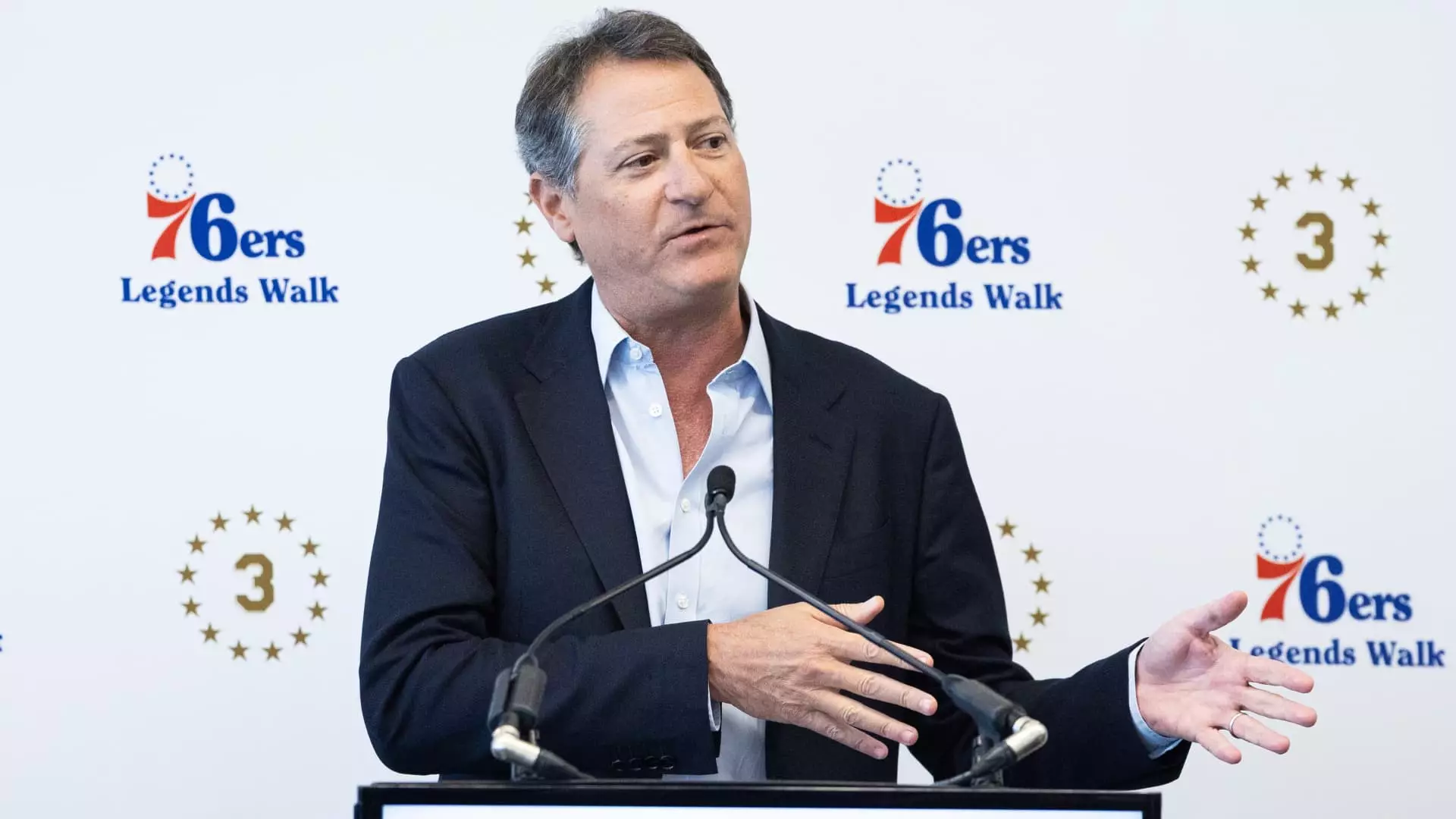In recent years, the sports industry has become a brewing cauldron of concentrated wealth and strategic investment, capturing the attention of the ultra-rich and their financial operatives. While to the casual observer, the billion-dollar acquisitions of iconic teams like the Los Angeles Lakers or the burgeoning portfolio of niche sports such as pickleball might seem like just flashy displays of affluence, they are indicative of a deeper, more calculated financial strategy—one rooted in diversification, branding, and a belief in the perpetual growth of sports-related revenues. This sector has transcended its traditional boundaries of entertainment, transforming into a lucrative ecosystem where media rights, real estate, and merchandise intertwine to create a seemingly unbreakable cycle of profitability.
What’s truly compelling—and perhaps concerning—is how entrenched this spectacle of wealth has become in the fabric of modern capitalism. The elite’s plunge into sports investing isn’t merely about owning a team; it’s a multifaceted gamble where assets are carefully chosen for their profit potential, including ancillary investments like sports apparel, stadium hospitality, or innovative startups. The surge of family offices into this arena, as highlighted in recent surveys, underscores a fundamental truth: the sports industry now functions as a hedge against inflation, an asset class with built-in scarcity, and a tool to generate supplementary revenues through media and licensing deals.
Constructing a Fortress of Strategic Assets
At first glance, sports ownership might appear glamorous, yet closer inspection reveals a shrewd strategic calculus. Billionaires like David Blitzer, whose investments span across the major U.S. leagues, echo a robust belief: these assets are fundamentally limited in supply, making them uniquely attractive. They are not simply buying a team but investing in a growing ecosystem of media rights, franchise expansion, and real estate developments connected to stadiums and recreational centers. Such investments can serve as quasi-inflation hedges, especially as traditional safe havens like bonds or equities face uncertainties in the current economic climate.
However, a more critical perspective questions whether this reliance on sports as an inflation hedge is a reflection of desperation or foresight. Are these assets truly resilient, or are they essentially speculative bubbles fueled by artificial scarcity and the insider advantage of insiders? Time will tell, but current trends suggest that the allure of upward valuation coupled with the capacity to monetize fan engagement and content creation makes sports investments dangerously attractive to those seeking quick gains or lasting legacy.
Furthermore, the expansion of investment into ancillary markets—such as pickleball or social sports clubs—indicates a shift toward niche, low-barrier ventures that capitalize on emerging trends. These investments are not only more accessible but also potentially more sustainable, offering high engagement with loyal audiences. For example, the proliferation of pickleball-related businesses reflects a broader tendency to fragment traditional sports markets into specialized, revenue-generating microcosms.
The Mirage of Infinite Growth and the True Cost of Play
Yet, beneath this veneer of opportunity lies an inherent risk: the illusion of infinite growth. Sports franchises, by their very nature, are limited assets, and their valuations depend heavily on continued fan engagement, media interest, and geographic dominance. The assumption that they will persistently appreciate ignores the volatility of public sentiment, economic downturns, or regulatory interference.
Moreover, the concentration of wealth in these assets could distort the broader sports ecosystem, incentivizing monopolistic behaviors or speculative asset bubbles. While the ultra-rich position themselves as long-term owners, history suggests the potential for market corrections. The enticement of quick profits through niche ventures, media rights, and merchandising often disguises the underlying fragility—especially when considering the broader economic environment characterized by inflationary pressures and shifting consumer preferences.
While the appeal of sports ownership and related assets is undeniable for those seeking prestige or diversification, skeptics must caution against overestimating the durability of these investments. They are as much a symbol of strategic greed as they are economic opportunities—an arena where the wealthy play for keeps, often betting on long-term cultural shifts that may or may not materialize as projected.

